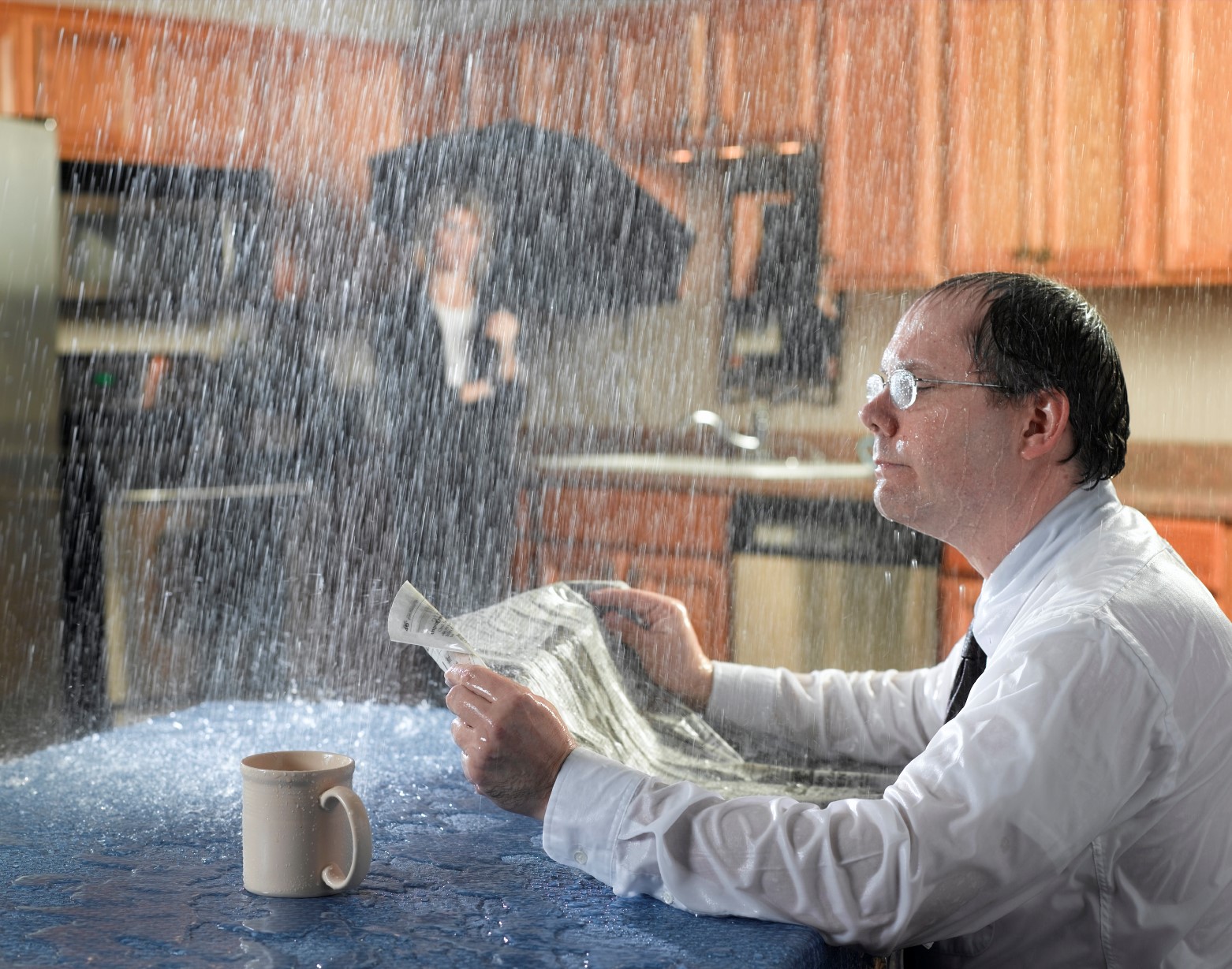Examining the Top Six Causes of Water Leaks in Residential Spaces
Examining the Top Six Causes of Water Leaks in Residential Spaces
Blog Article
The article author is making several great points on How to detect water leaks in your home as a whole in this article down the page.

Leakages not only trigger waste of water but can also create unneeded damage to your residence and advertise unwanted organic growth. Water leaks could go unnoticed because most of the pipework in our house is concealed. By looking and also understanding for daily circumstances that cause leakages, you can safeguard your home from future leakages and also unneeded damage. Today, we will check out 6 leakage causes that may be causing your pipelines to drip.
Instantaneous temperature level changes.
Severe temperature changes in our pipes can create them to broaden and contract unexpectedly. This development and also tightening might cause fractures in the pipes, especially if the temperature level are listed below freezing.
Corroded water systems
As time goes by, your plumbing system ages as well as deterioration such as rust might start eating away the pipelines. This could be the cause of staining or bending on your water pipes. This calls for an examination with your plumber right away. If our plumbing system is old, take into consideration changing the pipelines since they go to a higher threat of deterioration than the newer versions.
Malfunctioning Pipeline Joints
Pipeline joints can wear away over time, resulting in water leaks. If you have loud pipelines that make ticking or banging sounds, especially when the hot water is turned on, your pipe joints are probably under a lot of stress.
Trespassing roots
A lot of water leaks start outside the home rather than inside it. You may notice wet spots or sinkholes in your yard, and that might indicate that tree roots are getting into water lines creating water to seep out.
Poor Water Connectors
At times, a leakage can be brought on by loosened hoses and pipes that supply your home appliances. Usually, changing is what triggers the loose water Links. You may find when it comes to a washing device, a pipe might spring a leakage because of drinking during the spin cycle. In case of a water connections leak, you might observe water running straight from the supply line or pools around your devices.
Clogged Drains
Blocked drains could be aggravating and also inconveniencing, but they can often end up triggering an overflow causing break pipes. Keep getting rid of any materials that might drop your drains that might block them to stay clear of such inconveniences.
All the above are reasons for leaks but not all water leakages result from plumbing leaks; some leaks might come from roofing system leakages. All leakages need to be fixed right away to avoid water damages.
Leakages not just create waste of water however can additionally trigger unnecessary damages to your residence and promote undesirable natural growth. By understanding and also looking for daily situations that cause leaks, you can protect your house from future leakages and unneeded damage. Today, we will look at 6 leak causes that might be creating your pipelines to drip.
At times, a leak can be created by loosened tubes and also pipelines that supply your home appliances. In instance of a water connections leak, you might observe water running directly from the supply line or puddles around your home appliances.
How To Check For Water Leak In Your Home
How To Check for Leaks
The average household's leaks can account for nearly 10,000 gallons of water wasted every year and ten percent of homes have leaks that waste 90 gallons or more per day. Common types of leaks found in the home are worn toilet flappers, dripping faucets, and other leaking valves. These types of leaks are often easy to fix, requiring only a few tools and hardware that can pay for themselves in water savings. Fixing easily corrected household water leaks can save homeowners about 10 percent on their water bills.
To check for leaks in your home, you first need to determine whether you're wasting water and then identify the source of the leak. Here are some tips for finding leaks:
Take a look at your water usage during a colder month, such as January or February. If a family of four exceeds 12,000 gallons per month, there are serious leaks.
Check your water meter before and after a two-hour period when no water is being used. If the meter changes at all, you probably have a leak.
Identify toilet leaks by placing a drop of food coloring in the toilet tank. If any color shows up in the bowl after 10 minutes, you have a leak. (Be sure to flush immediately after the experiment to avoid staining the tank.)
Examine faucet gaskets and pipe fittings for any water on the outside of the pipe to check for surface leaks.
Undetected water leaks can happen without the home or business owner even realizing. If you suspect a water leak, but not able to find the source. It is time to contact a professional water leak detection service, The Leak Doctor.
How To Find a Water Leak In Your Home
https://www.leakdoctor.com/blog/How-To-Check-For-Water-Leak-In-Your-Home_AE197.html

I stumbled upon that post about How to detect water leaks in your home while doing a lookup on the web. Liked our entry? Please share it. Let another person check it out. Thanks for your time spent reading it.
Book Appointment Report this page